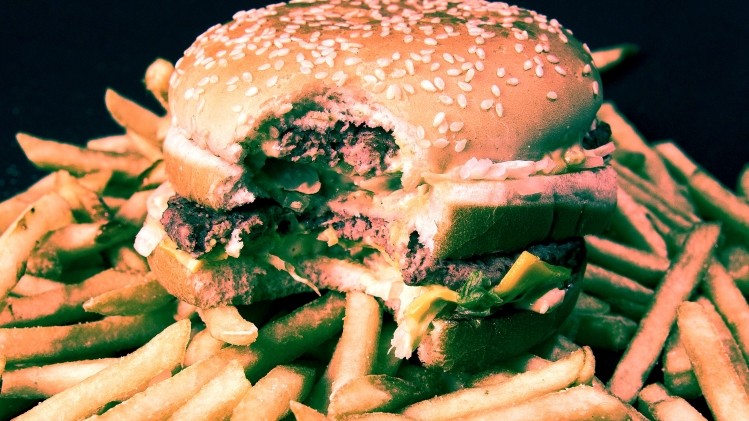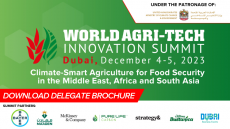Far East digest
Korean junk food consumption halves in last decade

According to a study by Korea’s Centres for Disease Control and Prevention (KCDC) on fast food consumption rates of middle- and high-school students over the last decade, male students eating fast food more than three times a week has decreased from 31% in 2005 to 16.5% percent last year. The figure for female students dropped from 30% to 14.5% over the same period.
Teenage consumption of soft drinks also decreased from 60% to 32% for male students and 45% to 19% for female students. However, three out of ten students still miss breakfast—a figure that has gone up slightly since 2005.
The KCDC attributed the change to increased nutritional awareness.
"We believe public interest in health and diet among teenagers has led to the decrease in fast food consumption," one official told the press.
In 2014, 28.2% of boys said they skipped breakfast at least five times a week, a slight increase from 26.4% in 2005. For girls, the ratio also rose slightly, from 28 to 28.9 percent.
Officials suggest this marginal increase was because students had less time time to eat in the mornings, or had little appetite for breakfast.
Aclyramide found in all brown sugar samples tested by Taiwanese authorities
Having tested 19 brown sugar brands that are available across Taiwan, food officials found all of them contained acrylamide, a suspected carcinogen
The Food and Drug Administration’s tests were conducted on brands sold in farmers’ markets and supermarket chains across the island.
One brand contained acrylamide at 2,740 micrograms per kilogram—significantly higher than the 1,448 mcg/kg limit suggested by local health authorities.
Seven brands tested above 1,000 mcg/kg, while the lowest one registered 30mcg/kg.
Taiwan has not set a maximum permissible level for acrylamide as the debate continues over whether the compound causes cancer in humans.
It is used in wastewater treatment and manufacturing industries, and is also found in fried foods or foods cooked at high temperatures, including potato chips, french fries, coffee and bread. Brown sugar is vulnerable because of the way it is processed.
Taiwan gets new GMO labelling regulations
The Taiwan Food and Drug Administration has amended three GMO labelling regulations for prepackaged foods, food additives and unpackaged foods.
The regulations for prepackaged foods and food additives will come into force at the end of this year, while unpackaged foods rules will be implemented in three phases depending on the type of manufacture over the remainder of this year.
Taiwan’s consumers have access to a large quantity of food crops imported from the United States, with around 95% of these imports containing GM soybeans and GM corn.
Bowing to public and regulatory pressure, the government has established labelling regulations to give better information on product content.
Since 2014, packaged foods have been labeled if the GMO content exceeds 3%. However, this regulation does not cover all food ingredients.
To amend the regulation, the Taiwan FDA has extended the scope from packaged foods, to all prepackaged and unpackaged foods, as well as food additives.
The new regulations stipulate that products that “use GMOs directly during the manufacturing process yet, the final product does not contain transgenic DNA fragments or transgenic proteins” will display reference to the GMO content.















